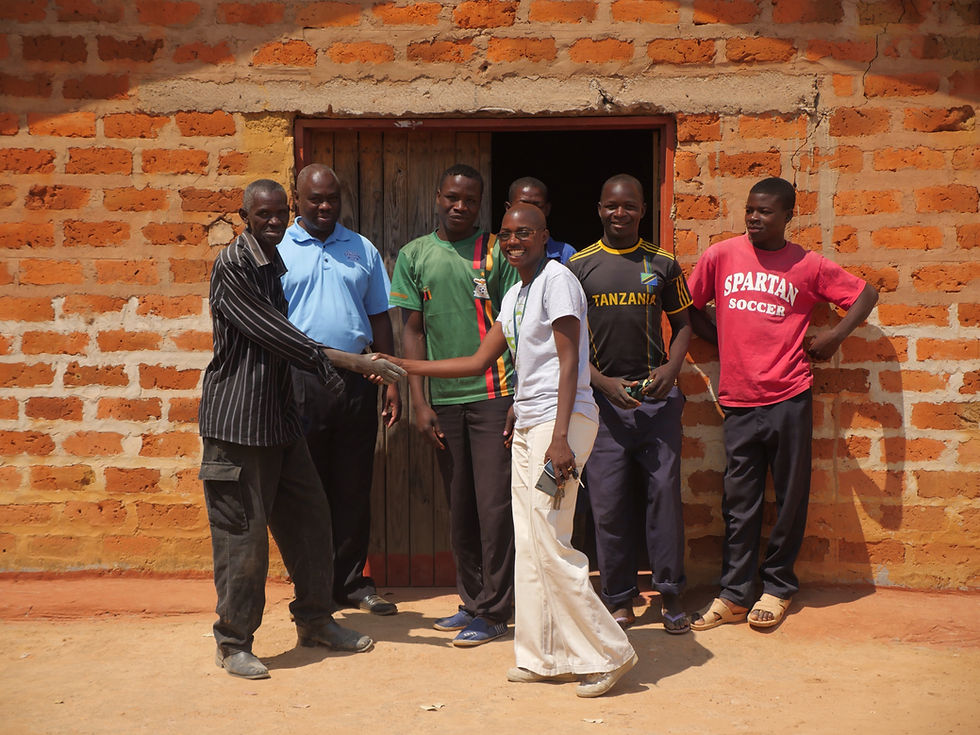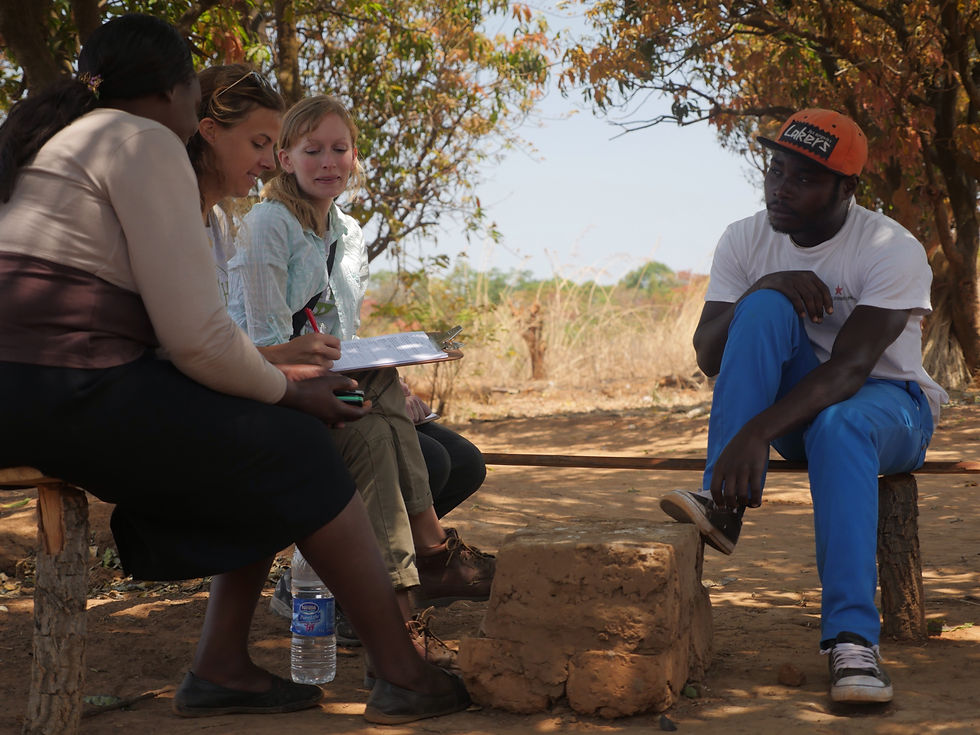Filibaba Implementation – Day 3
- Kristin P
- Sep 14, 2015
- 2 min read
Several activities were conducted during today’s site visit!

Community Engagement: A local resident led Jenna and Kim around the community, along with another translator, to survey a variety

of people. We wanted to assess their daily activities, current usage of electric devices, and how the new access to electricity via the energy kiosk may impact their lives. We also met with the leaders of two churches which are located on either side of the kiosk to negotiate the terms of electricity service that the kiosk may provide them.
Training: The training team (Rianne, Eli, and Dave) conducted an overview of the business plan with Likonge, our local NGO contact, who is the official owner of the energy kiosk. In the afternoon, Dr. Louie, Dr. Shields, Rianne, and Likonge conducted interviews with community members who had applied for the position of kiosk manager. By the end of the day, the kiosk manager was selected and will begin training tomorrow.
Data Logger: Upon arrival in Filibaba, Emily, Matthieu and Natalie began to lay out the components of the data logger system. Using abandoned wood blocks, Mars-red rocks and strayed strips of bark, we modeled the data logger and theunraveled wires of the current transducers (CTs) using our natural elements (scavenged from the kiosk floor) as the stand-in inverter, 24-V battery, and solar charge controller. At the end of our two hour puzzle, we ultimately decided to request that SunTech places the inverter and charge controller above the battery and outlet in the northwest corner of the kiosk, near the window. The data logger and breaker box could then be placed on the wall facing west of the kiosk – allowing our team to mount our parts on a plywood backboard at the hostel, before returning to Filibaba again the next morning.

We also had to test both CTs by the end of the night. To do this, without having the battery, charge controller or inverter, Dave, Emily and Natalie connected the spare DC power supply (with an output of +12V and -12V) to a power resistor and wire. We then threaded this wire numerous times through the hole of the CTs and referenced the current displayed on the data logger software. Thankfully, the value on the computer screen matched our calculated values (and many sweaty, happy high fives were exchanged).
In the end, it was a very productive day and we anxiously await the arrival of SunTech and the solar panels tomorrow!






Comments